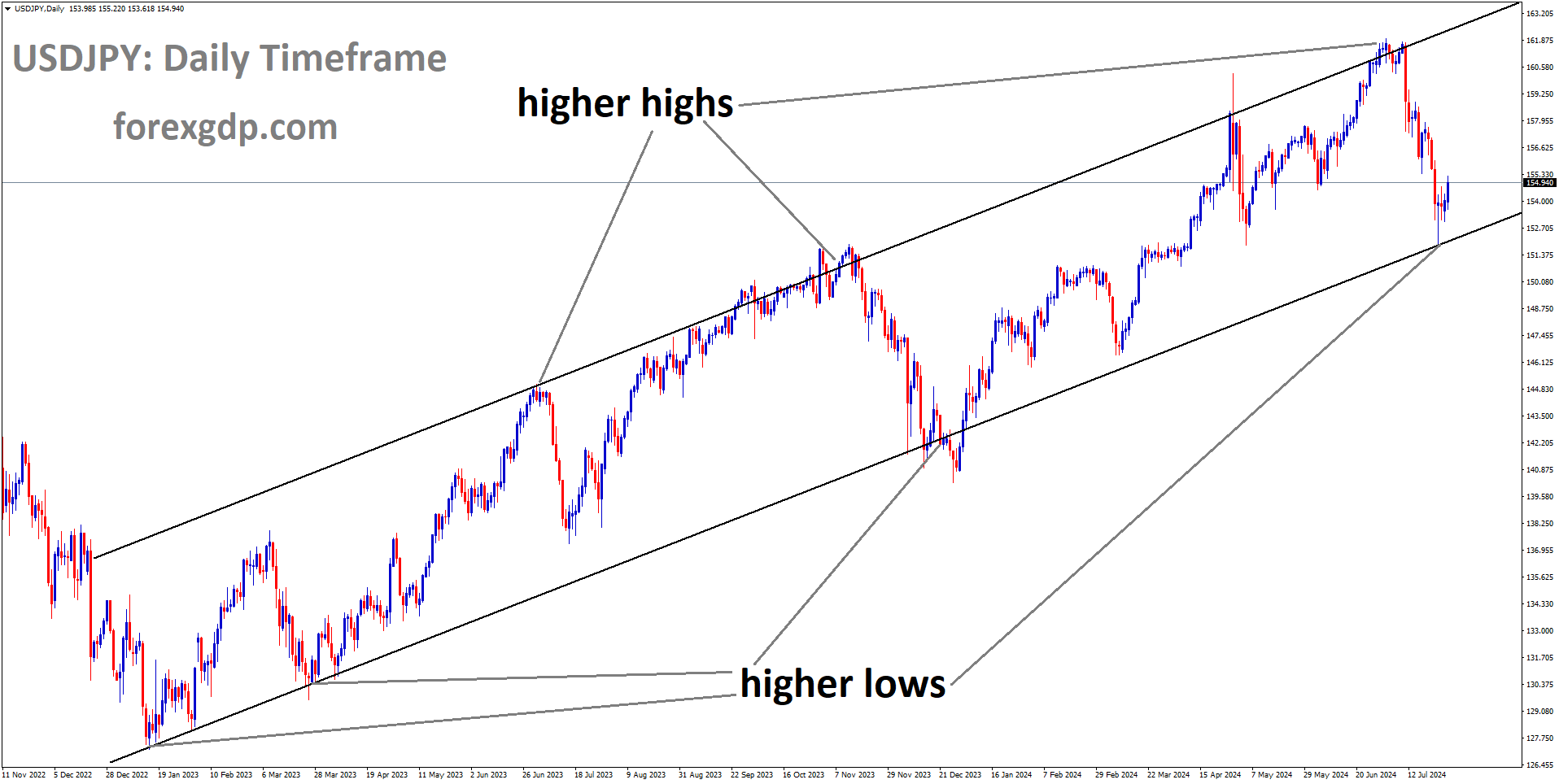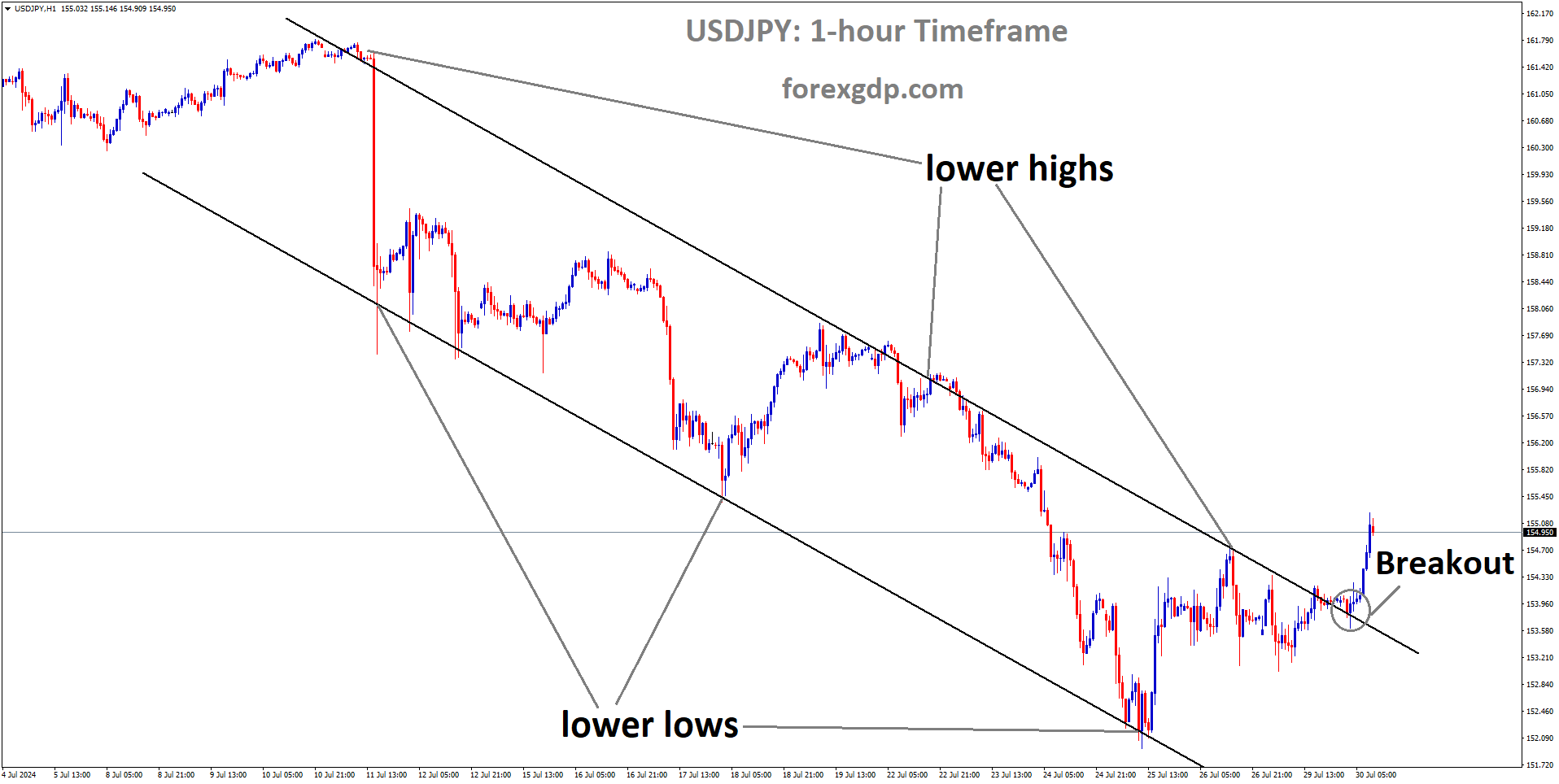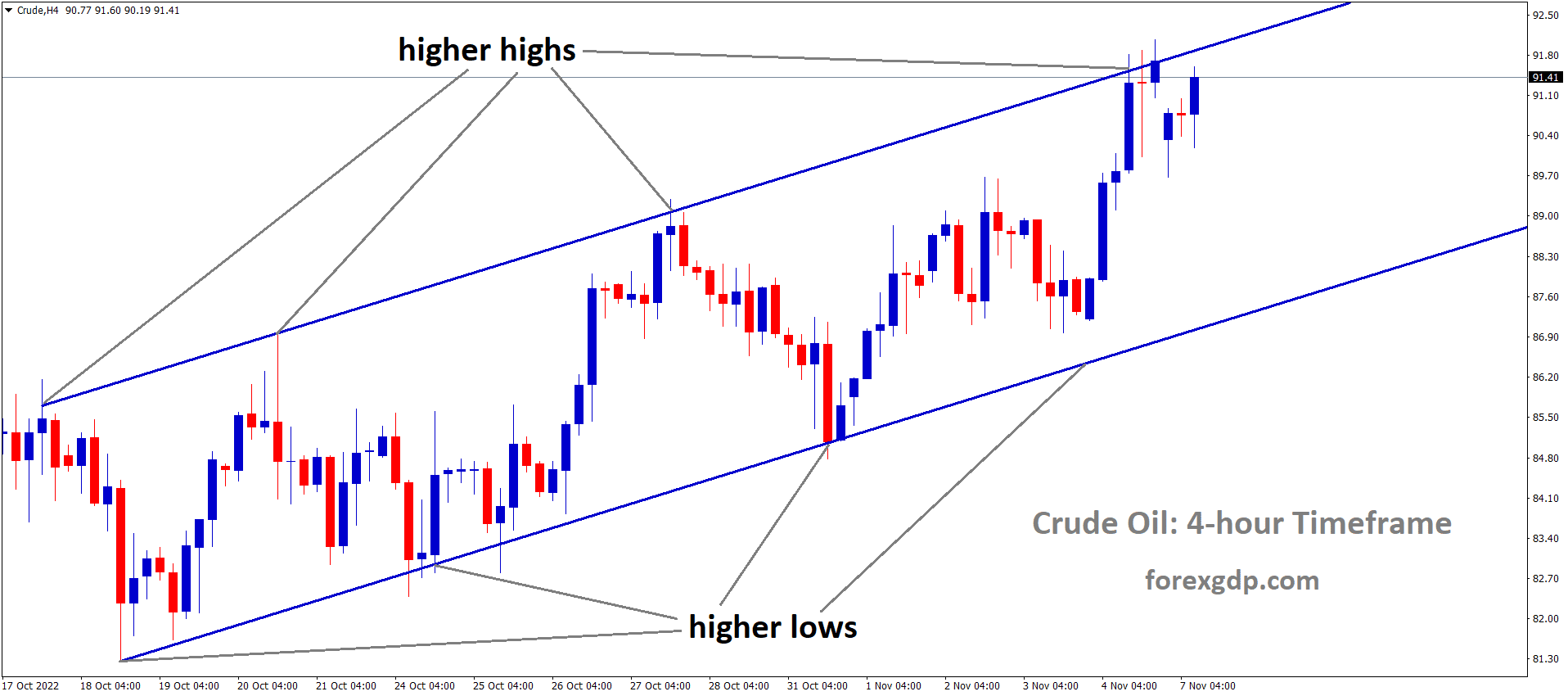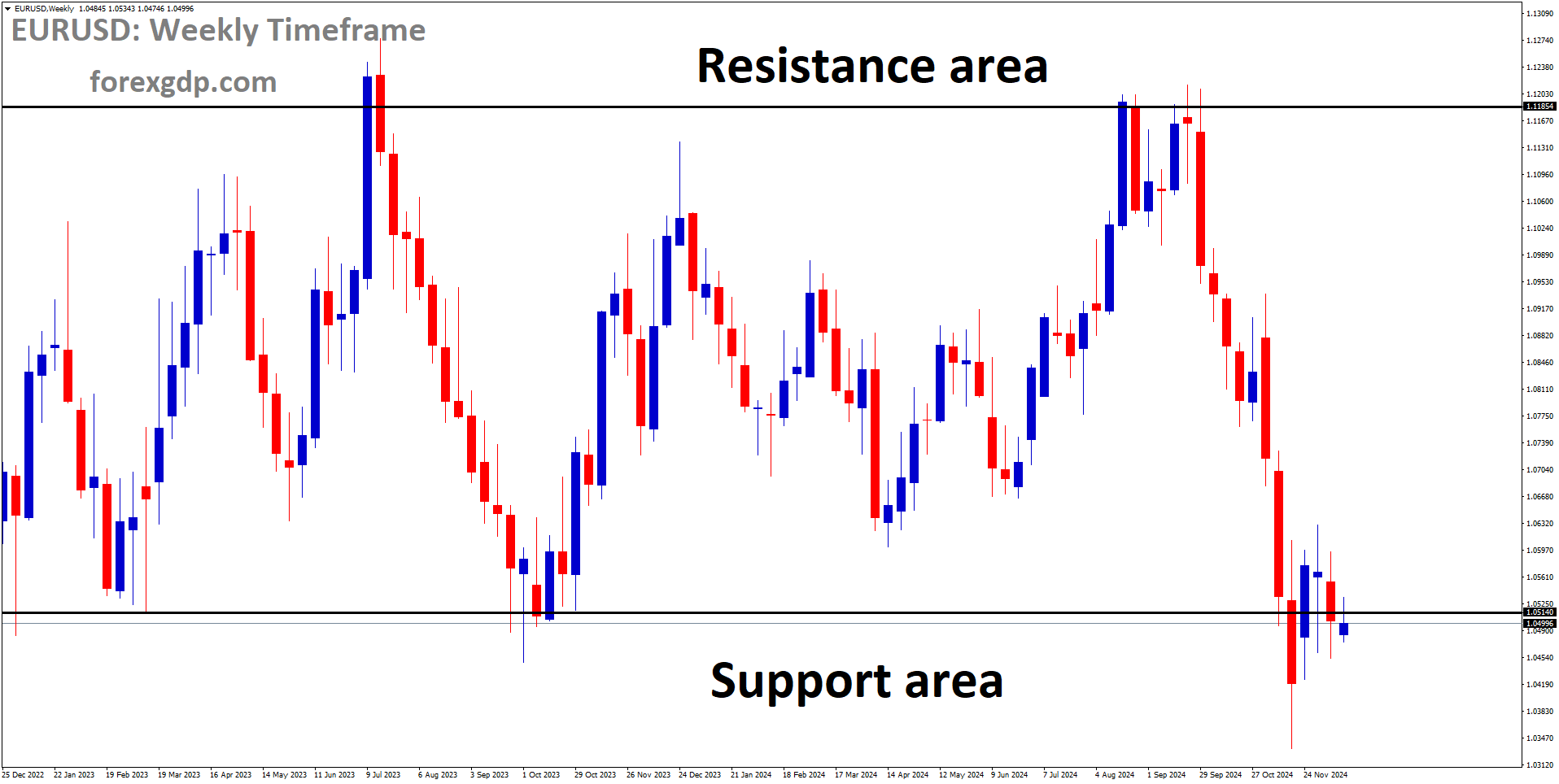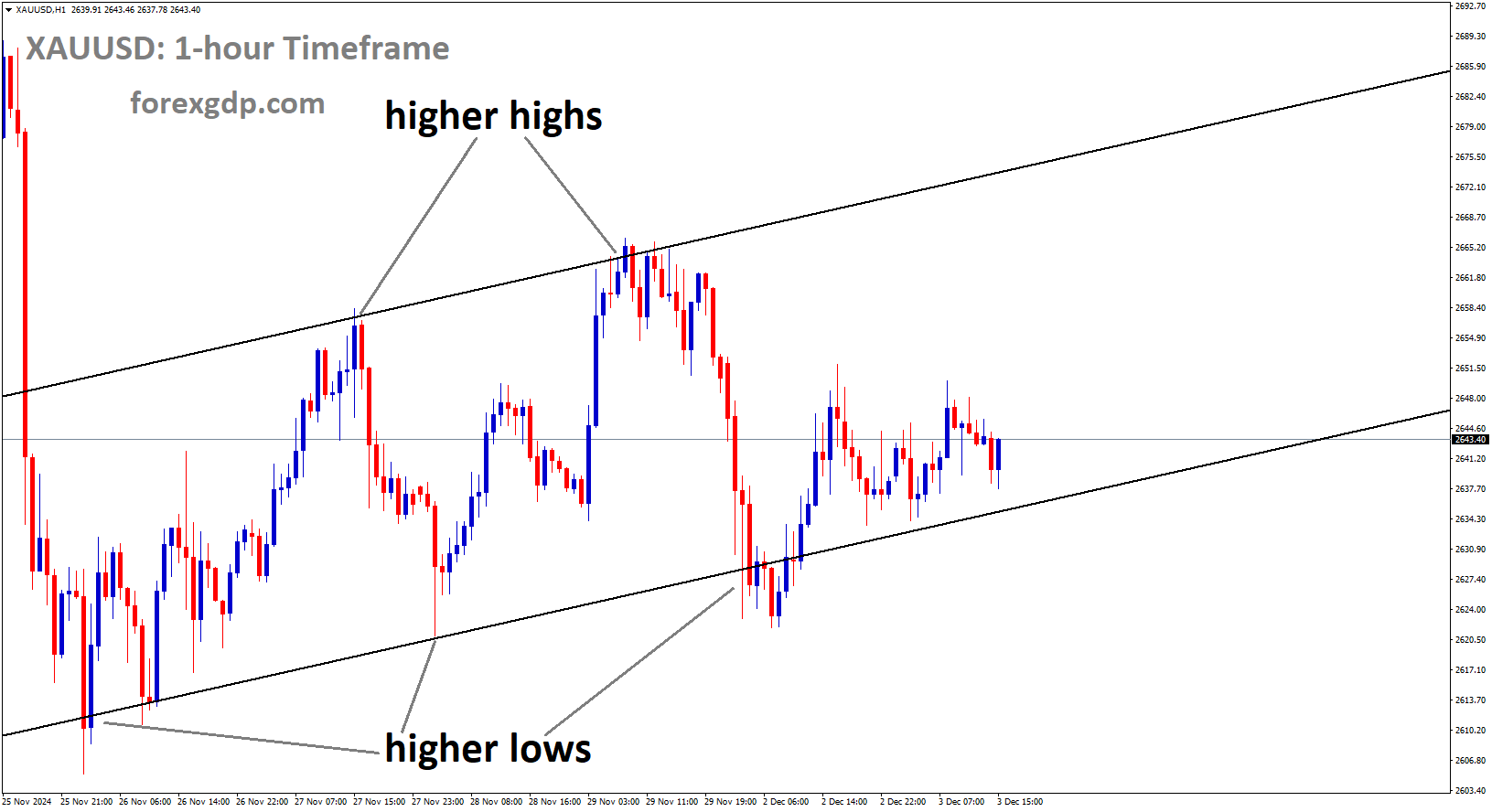USDJPY is moving in Ascending channel and market has rebounded from the higher low area of the channel
The Japanese Yen’s Journey: Market Expectations and Policy Shifts
The financial world is buzzing as we anticipate major decisions from both the Bank of Japan (BoJ) and the Federal Reserve (Fed). The Japanese Yen (JPY) has been on a downward trend, losing ground against the US Dollar (USD) for two consecutive days. With the BoJ’s policy meeting on the horizon, there’s a mix of caution and speculation among traders. Let’s dive into what’s happening and what it could mean for the global market.
Bank of Japan’s Potential Policy Shift
The Bank of Japan is the center of attention as we approach its upcoming policy meeting. Speculation is rife that the BoJ might increase interest rates by ten basis points, bringing them to 0.1%. This anticipated move is part of a broader strategy that might also include announcing plans to taper bond purchases. The BoJ’s decisions are critical, as they will set the tone for Japan’s economic policy and potentially influence global markets.
Japan’s Chief Cabinet Secretary, Yoshimasa Hayashi, emphasized the collaboration between the government and the BoJ. He reiterated that while the BoJ maintains independence in its policy decisions, it will coordinate closely with the government to achieve the country’s inflation target. This partnership is crucial as Japan navigates through a period of economic uncertainty and potential inflationary pressures.
Government and BoJ Coordination
Hayashi’s statement underlines the delicate balance between monetary policy and government oversight. The BoJ is expected to continue its careful monitoring of inflation trends and economic data to make informed policy decisions. This approach ensures that any changes in policy are well-calibrated to support economic stability.
The Fed’s Outlook and the US Dollar
On the other side of the Pacific, the Federal Reserve is gearing up for its own policy decisions. While the Fed is expected to keep interest rates unchanged in the upcoming meeting, market sentiment is leaning towards a potential rate cut in September. The CME FedWatch Tool suggests a 100% probability of at least a 25 basis points cut. This expectation is fueled by signs of cooling inflation and a softening labor market in the United States.
Market Expectations for the Fed
The prospect of rate cuts has sparked discussions among analysts and traders. A softer monetary stance from the Fed could impact the US Dollar, potentially weakening it against other currencies, including the Japanese Yen. This shift could provide some relief for the Yen, which has been under pressure due to Japan’s own economic challenges.
USDJPY has broken Descending channel in upside
Key Economic Indicators in Japan
Several key economic indicators in Japan have caught the market’s attention. The country’s unemployment rate in June was reported at 2.5%, slightly better than the market forecast of 2.6%. This is the lowest unemployment rate since January and suggests a relatively stable labor market. However, the overall economic outlook remains mixed, with concerns about the impact of a weak Yen and rising prices on consumer spending.
The Weak Yen and Consumption
Japan’s top council has urged the government and the BoJ to be mindful of the weak Yen’s effects. The council emphasized that the depreciation of the Yen, combined with rising prices, could dampen consumer spending, which is a vital component of economic growth. This cautionary note highlights the complex interplay between currency values, inflation, and consumer behavior.
Global Perspectives and Market Reactions
Globally, analysts and institutions are closely watching Japan’s policy moves. Reuters has highlighted a significant shift in the BoJ’s approach, indicating that Japan may be “ready for higher rates.” Despite this, changes to the price goal or policy framework are not expected immediately. This cautious approach reflects a broader global sentiment of uncertainty and cautious optimism.
Bank of America and JP Morgan have weighed in with their own predictions. Bank of America suggests that strong economic growth in the US allows the Fed to wait before making significant policy changes, potentially delaying rate cuts until December. Meanwhile, JP Morgan anticipates no rate hike from the BoJ in the near future, suggesting a wait-and-see approach.
Final Thoughts
As we navigate through these uncertain times, the actions of major central banks like the BoJ and the Fed are under intense scrutiny. The decisions made in the coming days and weeks will have far-reaching implications for global markets. The Japanese Yen’s recent decline, coupled with speculation about interest rate changes, underscores the delicate balance central banks must maintain in their policy decisions.
For investors and traders, staying informed and adaptable is key. As we watch these developments unfold, it’s crucial to keep an eye on economic indicators, policy announcements, and market reactions. The global financial landscape is constantly evolving, and being prepared for various scenarios can make all the difference in navigating this complex environment.
Don’t trade all the time, trade forex only at the confirmed trade setups
Get more confirmed trade signals at premium or supreme – Click here to get more signals , 2200%, 800% growth in Real Live USD trading account of our users – click here to see , or If you want to get FREE Trial signals, You can Join FREE Signals Now!

